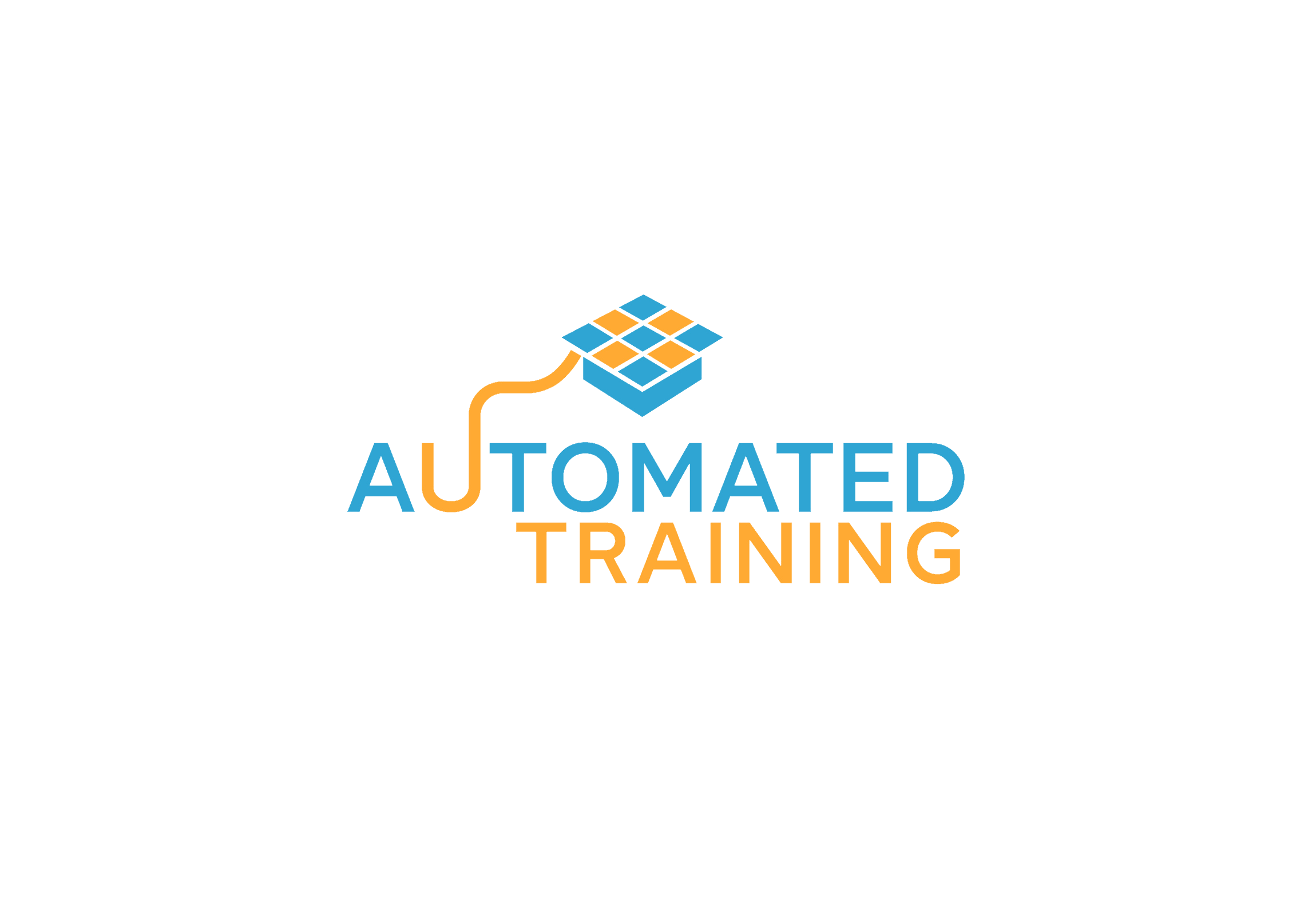How long does training digitalization take?
The timeline depends on the complexity, the number of modules, and if the text is delivered or must be created by us:
- Single module (15-30 min): 3-4 weeks
- Small program (3-5 modules): 8-12 weeks
- Large program (10+ modules): 14-18 weeks
Rush production is available for a small fee, reducing timelines by 30-40%.
Do you need me to write all the content?
No! We can work with whatever you have:
- Existing PowerPoint presentations
- Training manuals or documentation
- Subject matter expert knowledge (we’ll interview them)
- Video recordings of live training sessions
- Rough outlines or bullet points
Our instructional designers transform raw content into effective learning experiences.
Who owns the full rights to the produced material?
You do, of course! All rights are transferred to you once the invoice is paid.
What if I don’t have a Learning Management System (LMS)?
No problem!
We deliver training in multiple formats:
- Standalone HTML5 that works in any browser
- Links you can share via email or intranet
- Packages that can be stored on your server
We can also help you find the best LMS that matches your requirements and needs.
We offer licenses on our LMS.
Can I update the content later?
Yes! Options for updates:
- Text-only training: Easiest to update—we can modify text quickly (€97-€297)
- Narration training: Text updates easy; audio re-recording needed for changes (€297-€597)
- Synchronized training: More complex to update but still manageable (€597-€997)
How do you handle our branding?
We integrate your brand throughout:
- Use your logo, colors, and fonts
- Follow your brand guidelines
- Match your visual style
- Include your terminology and voice
Training looks like it came from your organization, not an external vendor.
What languages do you support?
Primary production in English, German, Romania, Spanish, and Italian. Additional languages are available through our translation partner network.
All languages include:
- Translated on-screen text
- Native speaker voiceover (if applicable)
- Cultural adaptation where needed
- Localized examples and scenarios
How do I know if employees actually learned anything?
We build in multiple assessment layers:
- Knowledge checks throughout modules
- End-of-module assessments
- Scenario-based application tests
- Performance tracking dashboard (in LMS)
- Completion certificates tied to passing scores
You’ll see exactly who completed what, when, and how well they scored.
Do we need special technical skills?
No. Modern LMS platforms are designed for non-technical users. If you can use email and websites, you can manage digital training. Most platforms offer training and support to get you started.
Will our employees resist digital training?
Some initial resistance is normal but typically fades quickly as employees experience the convenience and flexibility. The 18% boost in engagement that eLearning delivers suggests most employees prefer well-designed digital training once they experience it.
Can we digitalize highly specialized or hands-on training?
Yes, through blended approaches. Use digital training for knowledge, theory, and procedures, then reserve in-person time exclusively for hands-on practice. This maximizes efficiency while preserving necessary hands-on elements.
How do we measure success?
Track completion rates, assessment scores, time savings, cost reductions, and business metrics like performance improvements or error reductions. Most platforms provide built-in analytics to measure these factors automatically.

